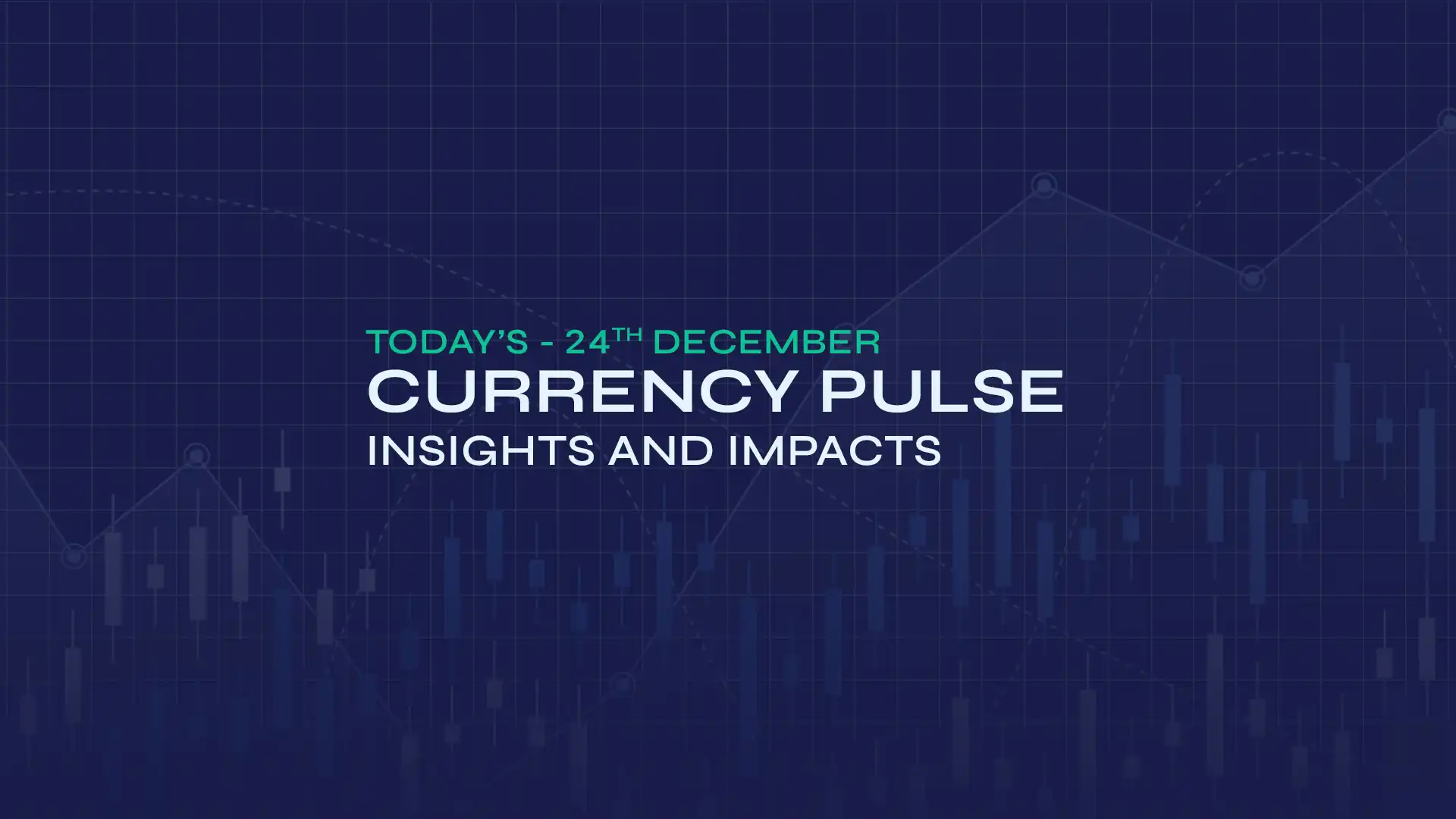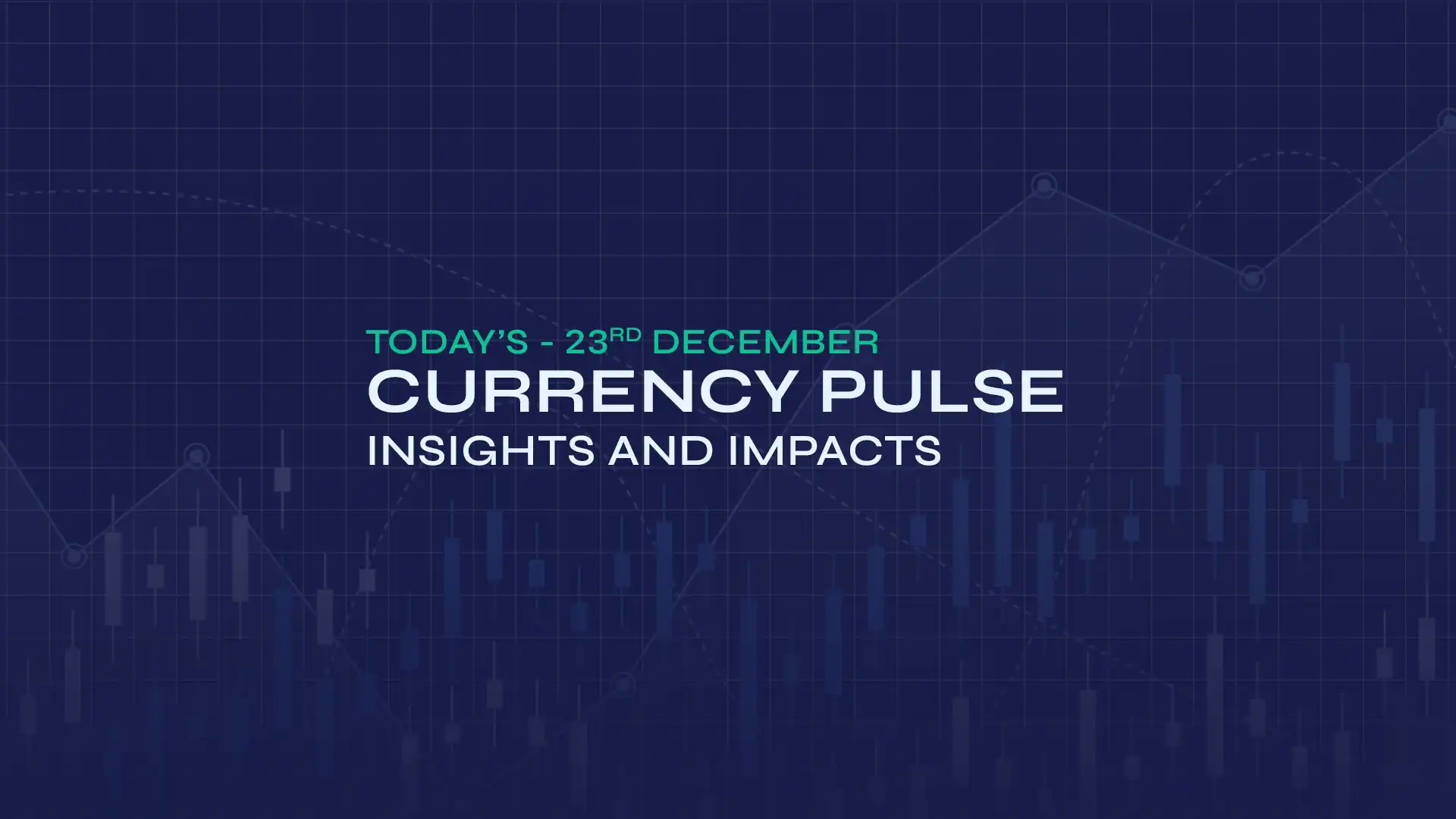Have you noticed how gold prices have been climbing lately? Well, let’s dig deeper into the equation and explore why gold prices have been on the rise in 2025.
At present, Gold prices are climbing as investors expect lower global interest rates, driven by strong inflows into gold-backed ETFs, continued central bank buying, and a weaker US dollar. These factors highlight gold’s enduring appeal as a safeguard during times of economic uncertainty. This year, the precious metal has taken centre stage in global financial markets, reaching new highs and drawing fresh attention from investors and policymakers alike.
According to the World Gold Council, gold-backed exchange-traded funds (ETFs) recorded inflows of USD 5.5 billion in August 2025, bringing total assets under management to a record USD 407 billion.
This blog discusses the primary drivers for gold's recent advances, including the statistics that have underpinned its rise and the speculative risks that may influence its future in the coming months.
Recent Moves & Market Context
In early October 2025, the price of gold had shot up dramatically. Market reports indicate that gold rose above USD 3,900.00 per troy ounce, almost 45.6% year to date.
Meanwhile, the World Gold Council (Goldhub) notes that August inflows in gold ETFs backed physically around the world were USD 5.5 billion, which totalled USD 407 billion in total assets under management, a high that is a record.
This rally is not isolated to one region or currency: gold has gained in major currencies even as the US dollar has weakened, amplifying the effect for non-USD investors.
Such an enduring rally demands evaluation. Which underlying factors are at play?
Major Drivers of the Rally
How Interest Rate Expectations are Influencing Gold Markets
Gold is believed to be a non-yielding asset since it does not pay an interest or dividend. As the real interest rates, which are the gap between real nominal rates and inflation, are decreasing, the opportunity cost of holding gold reduces. This change renders gold more attractive to investors who want stability. Today, various market players anticipate additional decreases in rates by central banks, especially the US Federal Reserve (Fed), by 2025. This expectation has increased the use of gold as a safe-haven investment, which has further led to a surge in demand.
Flight to Safety & Risk Aversion
As economic instability deepens across the globe, driven by sluggish growth, rising geopolitical tensions, and mounting debt burdens, investors may be increasingly led to seek refuge in traditional safe-haven assets. Based on historical data, gold usually does well when investors become more cautious and move away from riskier assets. This trend has been further accelerated by the anxieties in the past few months over the possible US government funding gridlock, ongoing inflationary pressures, and conflicting economic signals that have contributed to the demand of gold as a stable store of value.
Heavy ETF & Institutional Inflows
The most recent report by the World Gold Council shows that gold demand is surging due to exchange-traded funds (ETFs) pushed by institutional investors. Current statistics indicate unprecedented inflows especially in North American and European markets, which have greatly increased assets under management (AUM). The recent wave of investment is a strategic repositioning by large funds and institutions as opposed to the previous cycles being dominated by retail participation. The portfolio hedge is one area where these players are seeking gold over changing market dynamics and macroeconomic uncertainty.
Central Bank Buying & Reserve Diversification
The central banks of the world have been actively accumulating gold as a wider move to diversify off fiat currencies and bolster their balance sheets. This fact of continuous accretion is a major source of structural demand in the gold market. As Goldhub data reveals, the ongoing rally in gold prices is still encouraged and maintained by consistent central bank purchases.
Currency Movements - Weak US Dollar
When the US dollar is weak, this tends to make gold more attractive to investors holding other currencies because gold is priced worldwide in USD. This dynamic is further reinforced when expectations of US interest rates push downwards, as this pressure on the dollar does. Goldhub notes that it is not just the dollar weakness that has increased gold prices in the major currencies, but a strong global demand and its use as a diversified store of value.
Evidence & Statistics That Support These Drivers
| Indicators | Evidence / Statics | Interpretation |
|---|---|---|
| ETF flows | USD 5.5 billion inflows in August alone | Shows strong institutional demand going into gold ETFs |
| AUM record | USD 407 billion total in physically backed gold ETFs | Confirms that ETFs are increasingly important in price influence |
| Price rise | Up ~45.6% YTD (to ~USD 3,863/oz) | Reflects robust momentum and broad participation |
| Global gains | Gold gained in all major currencies despite weaker dollar | Suggests rally is not USD-centric but global in reach |
These data points may suggest that recent gold demand trends are supported by broader macroeconomic factors, although future conditions may differ.
Risks, Challenges & What Could Reverse the Trend
No rally climbs in a straight line. Here are some risks to watch:
Rising Real Yields / Unexpected Inflation
Central banks can postpone or even undo expected rate reductions when inflation goes higher than expected. This may lead real yields to increase, thereby lowering demand for gold when compared to fixed-income or other yield-producing investments.
Stronger US Dollar
The turnaround of the current weakness of the dollar, indicative of rejuvenated strength, would depress global investors' interest in gold by countering the potential returns, thus fading the aggregate demand.
Liquidity & Speculative Pullbacks
Momentum and speculative positioning have been at the forefront of market advances in the recent past. But any sharp changes or profit withdrawal, especially by hedge funds, would cause sudden and swift reverse withdrawals.
Slowing Central Bank Demand
Unless central banks continue to increase their purchases of gold, either due to fiscal reasons or strategic revaluation, the moderation process might reduce the main source of structural support to the market.
Regulatory / Monetary Policy Shifts
Sudden regulatory or monetary policy changes in major economies, such as the enforcement of capital controls or tighter financial regulation, may reduce the number of investors entering the gold market.
What to Watch Moving Forward
For anyone tracking the gold market, these are key indicators to monitor:
-
Real yields (especially in the US): They play a key role in influencing gold’s opportunity cost.
-
Central bank activity: Changes in strategy or buying pace.
-
ETF flows & holdings: Weekly and monthly inflows/outflows.
-
US federal policy / budget decisions: Especially risk of shutdowns or debt ceiling drama.
-
Currency trends: Especially USD strength or weakness.
-
Macro surprises: Inflation prints, employment data, global growth surprises.
If these indications remain favourable, the gold rally may have more room to run; but a shift in any one major pillar might change sentiment.
Conclusion & Outlook
Gold prices increased sharply in 2025, indicating much more than short-term speculation. The combination of a potent mix of economic forces together with reduced interest rates expectations, increased risk aversion, rising institutional investment, central bank diversification, and favourable currency dynamics is driving the spike.
According to the latest data on both gold ETFs and institutional flow reports, this is not a limited trend, and investors are still actively involved, not a one-time trading spike.
Still, caution is advisable. The upward trend in the gold price may be challenged by a rebound in real yields or a renewed US dollar strength or a declining institutional demand. In the meantime, though, investors seem to be aligning gold as a strategic portfolio cornerstone as opposed to a speculative hedge, which may offer a long-term structural underpinning to the value of the metal.
FAQs
Why are gold prices rising in 2025?
Gold prices are surging as investors anticipate lower global interest rates. The rising momentum is supported by significant inflows into gold-backed ETFs, ongoing central bank purchases, and the declining US dollar. These factors are driving rising demand for the precious metal, underlining its significance as a hedge against economic uncertainty.
How much has gold gained this year?
According to Trading Economics data, gold prices rose by about 45% year to date as of October 2025, exceeding USD 3,800 per ounce.
Do central banks influence gold prices?
Central banks have been gradually increasing their gold holdings as part of an overall strategy to diversify foreign exchange reserves. This consistent accumulation has led to a predictable source of demand, providing structural support for increasing prices for gold.
Can the gold rally continue?
The market surge might continue if interest rates remain low, demand continues to be strong, and the US dollar weakens. However, a rise in real yields or increased profit-taking activity could dampen this momentum and cause a short-term decline.
Is gold a safe investment during economic uncertainty?
Gold has a reputation as a safe-haven asset, frequently climbing in value during times of market volatility, rising inflation, or political instability.
Important Disclaimer: This blog is for informational purposes only and should not be considered financial advice. Currency Solutions does not take into account the investment objectives, financial situation, or specific needs of any individual readers. We do not endorse or recommend any specific financial strategies, products, or services mentioned in this content. All information is provided “as is” without any representations or warranties, express or implied, regarding its accuracy, completeness, or timeliness.




